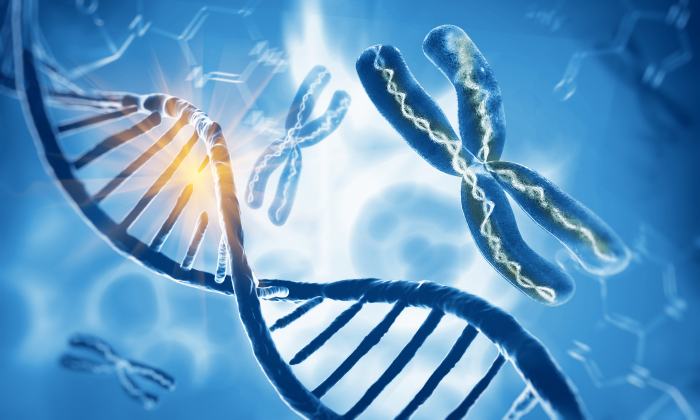Did you know that humans are made of trillions of cells?! All living things are made from cells. Organisms are able to grow because cells can multiply. Organisms always need new cells. Cells get damaged through wear and tear or maybe through disease. These cells need to be replaced. They have to be replaced with cells that contain the exact same genetic information. The process of producing new cells is called the cell cycle and can be divided into two processes- growth and cell division or mitosis which is the scientific name.

Did you know that humans have around 21,000 genes? These genes control everything about us and they are found in the nucleus of our cells. In our body cells, the nucleus holds 46 chromosomes (or 23 pairs). We call these diploid cells. We inherit 23 chromosomes from our father and 23 chromosomes from our mother (46 in total). That means there are 23 chromosomes in egg cells and 23 chromosomes in sperm cells. These are called haploid cells. It is the gametes or sex cells (egg/sperm cells) that only have half the full set of chromosomes, all other cells in the body have the full set of chromosomes. During fertilisation the gametes nuclei combine forming a diploid cell. Soon after fertilisation, a zygote is formed and goes through the cell cycle lots of times to form an embryo. Read on to find out more about the cell cycle.
The Cell Cycle
Cell Growth -The first phase of the cell cycle is called cell growth. Here the cell accumulates nutrients and grows larger. The organelles of the cell are copied, like ribosomes and mitochondria. Then the chromosomes are copied and the nucleus too.
Mitosis - Once cell growth has occurred, the cell can divide into two. This is called mitosis. During mitosis, the chromosomes are lined up in the centre of the cell and pulled to opposite ends of the cell. Two new nuclei will form and then the cell splits into two forming daughter cells. The chromosomes in the daughter cells are genetically identical to the chromosomes in the parent cell, they are clones. You can see a picture of the process of mitosis below:

Mitosis is not something that happens only in human cells. Most multicellular organisms will use mitosis for growth and repair. Some plants reproduce asexually, meaning there is only one parent cell and no need for gametes or fertilisation. The cells will undergo mitosis to grow and will be clones of the parent cell. Some examples are potato and strawberry plants.
It is because of the cell cycle that organisms are able to grow.
In the following activity, you will be interpreting the key features of the cell cycle.







